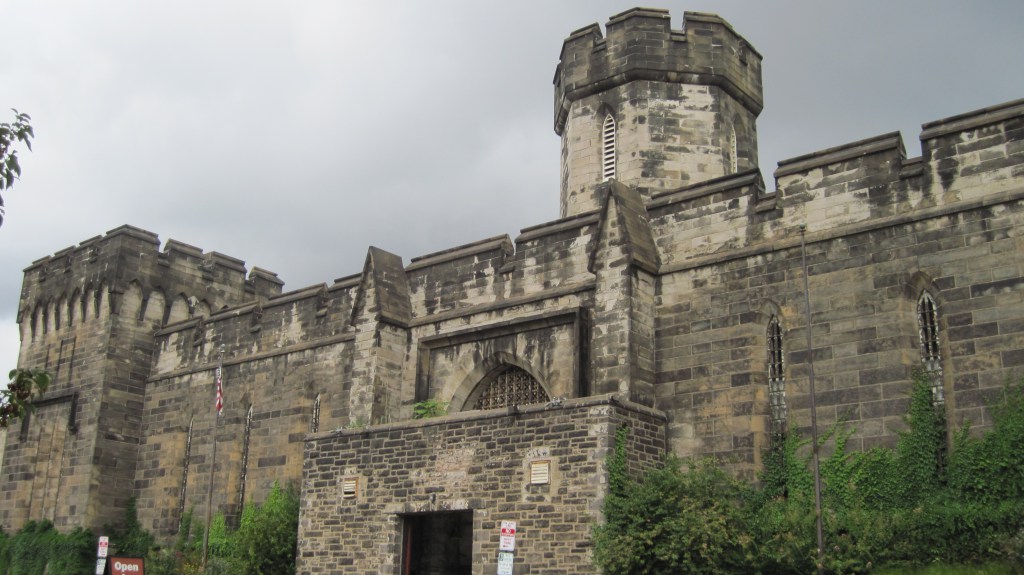 |
| Original Metz Elementary Austin Public Library http://texashistory.unt.edu/ark:/67531/metapth125274/ |
In the eastern part of
Austin, Texas in 1915 Metz Elementary school was built. This school
served a large number of Spanish-speaking students. In 1916, the Austin School
Board decided these students could be better served at a separate school.
The Mexican-American parents
in this neighborhood disagreed. They worried that they might not be able to
provide transportation and they felt this segregation would not provide their
children with the same opportunities.
While the board never
officially rescinded their decision the Mexican-American children kept at Metz
were never asked to leave. Eventually the matter was quietly dropped.
 |
| Hamilton M. Metz Austin School Board member, 1903-1915 |
For seven and half decades
Metz served this community--several generations of the same families started
their school careers at this neighborhood school. By 1990 the Austin School
District deemed the old crumbling building “unsafe” and plans were made to tear
it down.
It was at this point the
paranormal trouble started.
Odd Happenings Every Day
Joe Torrez’ trucking and
excavation company was contracted to do the demolition. * He thought this “job”
was going to be simple but it turned into a nightmare for him and the men that
worked for his company.
Both Torrez and his men heard
the sounds of children’s laughter in the bathroom stalls in the old school. The work crew also heard the sounds of fingernails scratching down blackboards in classrooms
that were deserted.
After this, most of his men
refused to enter the crumbling school by themselves.
Equipment they were using to
demolish the school started to stall or break down without explanation. Every
time one bulldozer was driven close to the old brick building it’s engine
stopped. A truck was sent to the school with various replacement parts but it broke
down en route to the school.
Several workmen’s
wristwatches also stopped working.
Everyone Wants to Quit
Torrez by this time was
having trouble-keeping men on the job. They either quit or called in sick.
It seems everyone felt that
“something otherworldly” was impeding the demolition of Metz. Torrez in
response decided to call in a Catholic lay evangelist to perform an exorcism.
Elias Limon walked through
the school, sprinkling holy water and blessing each room. Unfortunately, his
efforts didn’t work. Just a few days later a wall came crashing down and killed
a workman.
By the time the school was
completely demolished--Torrez and his men were 6 months behind schedule and
more than half of his work crew had quit or refused to return to work.
The Activity Continues
 |
| Courtyard at new school. |
A modern Metz Elementary was
built on the same spot in 1992. The old school was so beloved by the community
that the architect used the old building’s bricks to pave the new school’s
courtyard. Both teachers and students at this school have reported hearing and
seeing child ghosts.
While working on the site Joe
Torrez rescued one tree and transplanted it in his daughter’s yard. Since, many
witnesses have reported hearing the sounds of children’s voices coming from
this tree.
* Jo-Anne Christenson, Ghost Stories of Texas
Alan Brown, The Big Book of Texas Ghost Stories



















